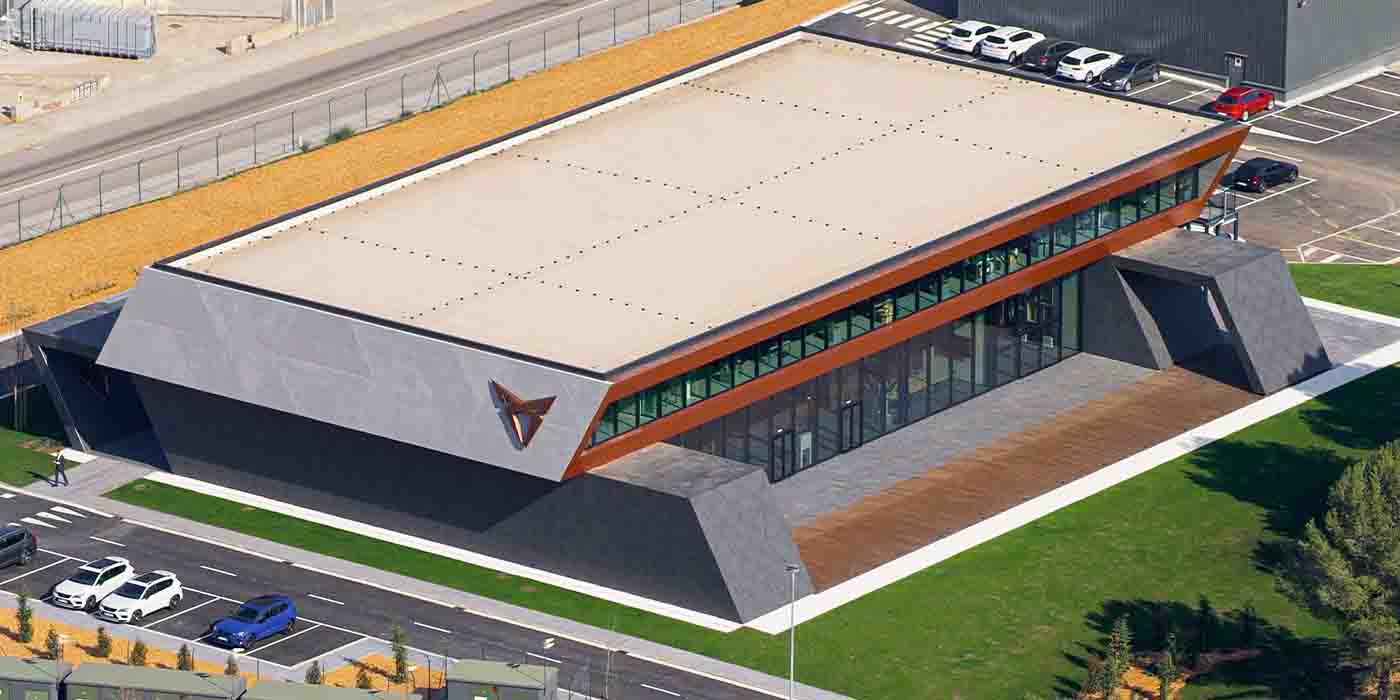SEAT to spend $3.2 billion converting main factory to BEV production hub for VW Group

Thirty years ago to the day after opening its main production facility in Martorell, Spain, SEAT S.A. announced it will use the site as home to its largest transformation to electrification yet. Following an investment of three billion euros (~$3.2B), SEAT intends to lead development and become a small BEV production hub for a number of brands under the Volkswagen Group umbrella.
The post SEAT to spend $3.2 billion converting main factory to BEV production hub for VW Group appeared first on Electrek.
Thirty years ago to the day after opening its main production facility in Martorell, Spain, SEAT S.A. announced it will use the site as home to its largest transformation to electrification yet. Following an investment of three billion euros (~$3.2B), SEAT intends to lead development and become a small BEV production hub for a number of brands under the Volkswagen Group umbrella.
SEAT S.A. is a Spanish automaker founded in 1950 and a wholly-owned subsidiary of Volkswagen Group since 1986. The name is actually an acronym that stands for “Sociedad Española de Automóviles de Turismo,” but SEAT rolls off the tongue a bit more quickly.
To this day, SEAT operates out of its headquarters and main production footprint in Martorell about 20 miles outside of Barcelona. The Spanish automaker relayed that it has produced over 12 million vehicles across 45 models at the facility, exporting them to more than 70 different countries.
To this point, SEAT itself only sells one BEV – the Cupra Born – but it is built by Volkswagen in Zwickau, Germany alongside its ID.3 twin. That should change by 2025. As the Martorell factory celebrates 30 years since its inauguration in 1993, SEAT has announced a large investment to (at least start) going electric.
SEAT to (partially) pivot to EV production, R&D by 2025
According to a release from SEAT today, it will use the investment of three billion euros to transition its Martorell facility from combustion to electric in all areas – “research and development, production and logistics, commercial and people, and organization.”
The site’s main factory is expected to begin production of fully-electric vehicles for multiple brands in Volkswagen Group by 2025 as part of a strategic plan consisting of five main pillars:
- People and organization
- Electrification and product
- Production end to end (E2E)
- Digitalization
- Sustainability
SEAT’s transformation parallel’s parent company Volkswagen Group’s electrification goals and those outlined in Spain’s Future: Fast Forward project. Larger plans include the electrification of SEAT’s Pamplona factory in addition to Martorell, a new battery gigafactory in Valencia, and the implementation of a complete supplier ecosystem. The country-wide project is expecting to positively impact the Spanish economy with more than 21,000 million euros.
With the investment, SEAT intends to turn Martorell into a smart factory and educate its employees on the exciting new world of electric vehicle production. Beginning in 2025, SEAT intends to become a main production hub for Volkswagen Group and a vital part of Spain’s EV value chain. SEAT and Cupra CEO Wayne Griffiths spoke:
Over the past 30 years, SEAT S.A. has created employment and boosted industrial growth in our country and there is even more planned for the future. Our ambition is to produce electric vehicles made in Spain from 2025 and, as part of this transformation, Martorell will also manufacture the Cupra UrbanRebel. Thanks to this project, the most important for our company in the years ahead, our employees and the factory will begin a new era.
The UrbanRebel isn’t expected to arrive until 2025 anyway, so SEAT’s transition to EV production should tie nicely. There has been no word on whether SEAT will inherit Cupra Born production from VW, but it would make more sense to keep it in Germany with the ID.3 and save production space for other small BEVs in the group.
Again, since SEAT only has one EV for sale and doesn’t build it in Spain, we’d expect the automaker to continue production of its combustion vehicles at the Martorell facility. With rising demand in all-electric models, SEAT’s EV production footprint could easily continue to grow in Martorell and eventually usurp combustion vehicle production altogether. Let’s hope.
FTC: We use income earning auto affiliate links. More.


